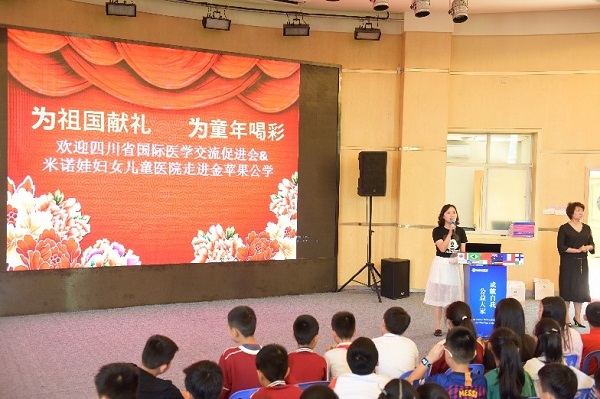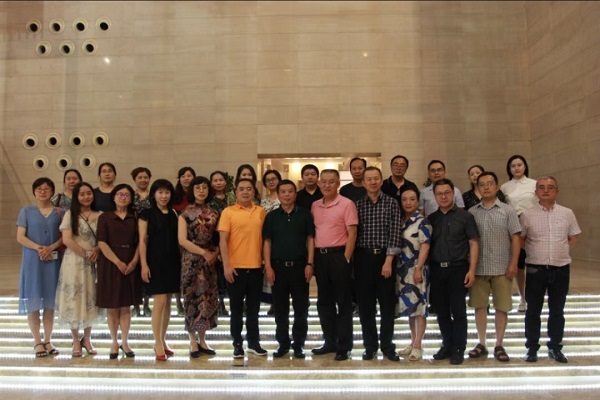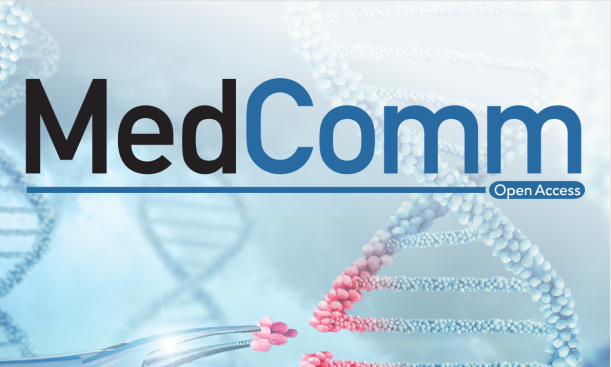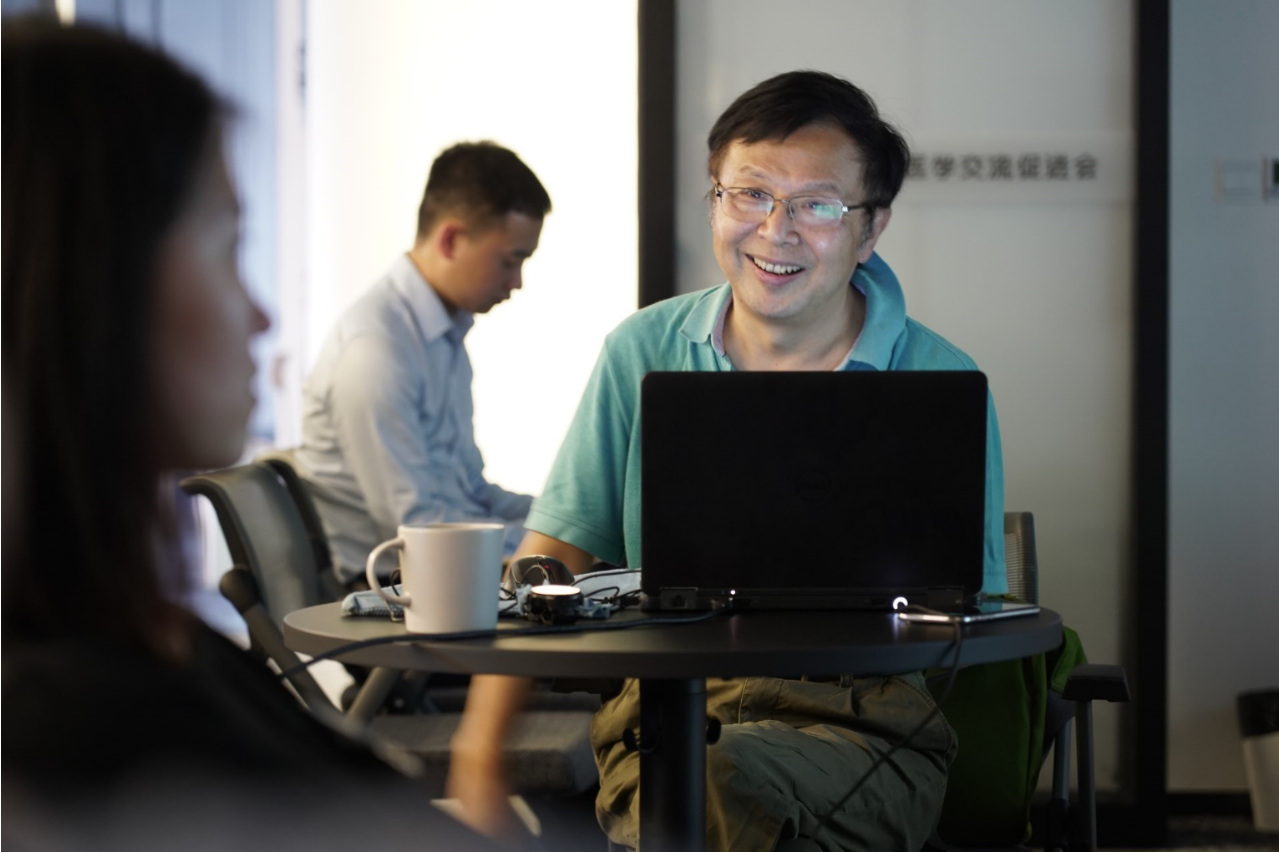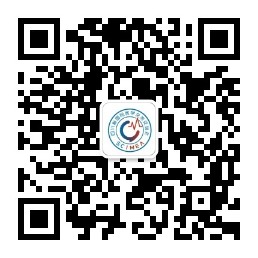Up to May 27th, there are at least 352 460 patients died from COVID-19, attributed to the widely spread novel coronavirus SARS‐CoV‐2. An effective treatment against COVID-19 is desiderated. Song Guo Zheng et al provided a review focused on the roles of immune cells in pathological processes, and the possiblity of attenuating lung symtoms by activating immunosuppressive T regulatory cells in COVID-19 cases.
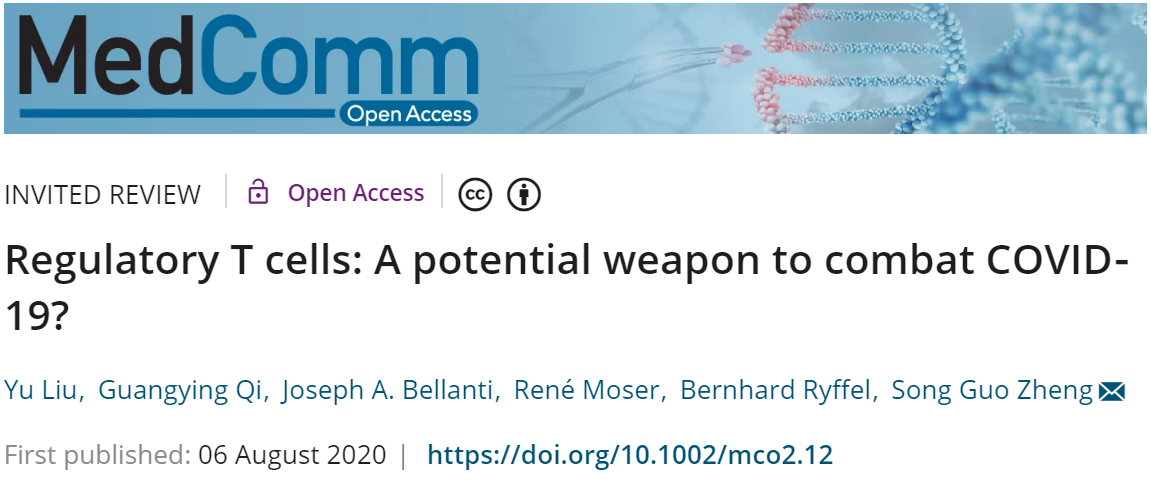
Since the end of December 2019, a novel coronavirus SARS‐CoV‐2 began to spread, an infection disease termed COVID‐19. The virus has spread throughout the world in a short period of time, resulting in a pandemic. The number of reported cases in global reached 5 695 596 including 352 460 deaths, as of May 27, 2020. Due to the lack of effective treatment options for COVID‐19, various strategies are being tested. Recently, pathologic studies conducted by two teams in China revealed immunopathologic abnormalities in lung tissue (Fig. 1). These results have implications for immunotherapy that could offer a novel therapy strategy for combating lethal viral pneumonia. This review discusses the clinical and pathological features of COVID‐19, the roles of immune cells in pathological processes, and the possible avenues for induction of immunosuppressive T regulatory cells attenuating lung inflammation due to viral infection. It is our hope that these proposals may both be helpful in understanding the novel features of SARS‐CoV‐2 pneumonia as well as providing new immunological strategies for treating the severe sequelae of disease manifestations seen in people infected with SARS‐CoV‐2.

Fig. 1 Immune response in lung tissues after coronavirus infection.
Article Access: https://onlinelibrary.wiley.com/doi/10.1002/mco2.12
Website for MedComm: https://onlinelibrary.wiley.com/journal/26882663
Looking forward to your contributions.


